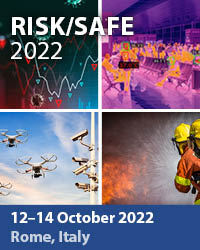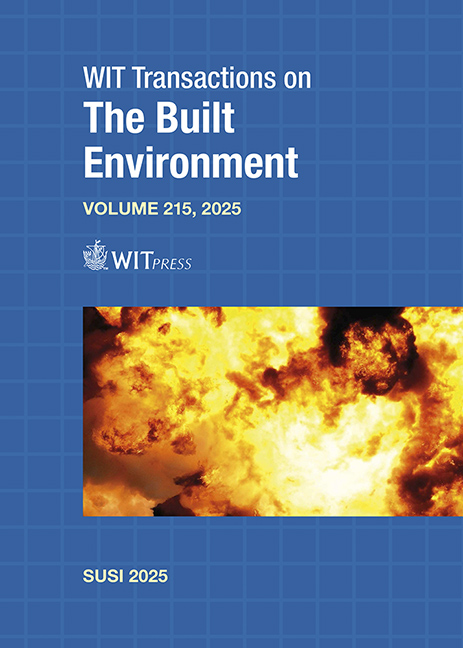FIELD TESTING AND NUMERICAL MODELLING OF BRIDGE COLUMN TO CONTACT EXPLOSION
Price
Free (open access)
Transaction
Volume
215
Pages
13
Page Range
163 - 175
Published
2025
Paper DOI
10.2495/SUSI250151
Copyright
Author(s)
HRVOJE DRAGANIC, GORAN GAZIĆ, MARIO JELEČ, IVAN RADIĆ
Abstract
Columns are among the most vulnerable elements of bridges due to their exposure to ongoing traffic beneath the bridge and the fact that their collapse often leads to the failure of the bridge superstructure. Contact explosions can compromise their integrity by damaging the concrete protective layer, weakening the core and severing reinforcing bars, ultimately leading to loss of stability. Such explosions may result from wartime efforts to sever critical transportation routes or controlled demolitions for infrastructure development. This study aims to evaluate the structural response of a bridge column subjected to a contact explosion through experimental testing and numerical modelling. A field test was conducted using a 1:3 scale column, designed based on an actual bridge column, with a spherical contact charge moulded from plastic explosive due to its chemical stability and handling properties. A steel support structure was implemented to replicate realistic end support conditions. The contact explosion caused concrete cratering and reinforcement bar bending but did not fully penetrate the column. Following experimental testing, a numerical simulation was conducted using Ansys Autodyn hydrocode software to replicate the field test. By varying erosion parameters, contact explosion damage was accurately simulated. Model validation was performed by comparing the experimentally measured damage area with the corresponding numerical results, ensuring consistency in size, shape, and deformation characteristics. The findings suggest that while significant localised damage occurs, the column retains partial structural integrity, highlighting the role of reinforcement in mitigating complete failure.
Keywords
bridge column, collapse, contact charge, experimental testing, numerical modelling





